SUMMARY
Description of a simple magnetic feeder of twist-off type caps to a glass jar seamer.
It includes a deposit, discharge, double magnetic lift, and a fall by gravity that feeds the seamer. To properly position all the covers, the magnetic field of the elevator is designed in such a way that it only allows the passage of those that are oriented in a certain position. The speed of the belt of the magnetic lift allows a feeding rate of 350 caps per minute for a diameter of 63mm, taken as reference.
INTRODUCTION
The equipment described in this work was developed in order to cover the following conditions:
a.- There are closing machines that are provided with their own cap feeder, rotary type, vibratory, etc. These sometimes limit the cadence, or their parts of change to work with different diameters of covers are expensive and complex. This feeder meets the conditions of being economical and achieving reasonable rates.
b.- It is desirable to have a fairly large deposit of lids in order to reduce the frequency of loading thereof.
c.- It is increasingly common to design the distribution of equipment in a plant so that the feeders are not close to the seamers, but far from them, even in the warehouses. In the latter case, the lids will be transferred to the seamer, for example, by means of air conveyors (jet-stream type). So the boxes of covers do not have to be moved by the plant and even a single man can feed tapas to several seamers, which is a great advantage.
d.- This feeder significantly reduces the noise level in relation to others that work by vibration. Important improvement to maintain an adequate level to the legislation in force, increasingly demanding on this matter.
This equipment is applicable to any type of caps manufactured in tinplate or other ferromagnetic material. You almost do not need parts in the case of changing lid sizes.
DESCRIPTION OF THE FEEDER
Figure 1 shows a general view of the feeder. First of all, there is a large tank in the form of a hopper, which functions as a storage of lids. It transfers the covers to a small warehouse that we will designate with the name of discharge deposit. The base thereof is inclined so that the covers slide towards the magnetic elevator belt.
Figure nº 1: General view of the feeder
The magnetic lift transports the lids vertically towards an ejector that eliminates the lids that are mounted one on top of the other. See figure No. 2. It is simply a piece, mounted inclined in relation to the direction of advance of the covers, and a certain distance from the belt, which only allows the passage of one in height. This ejector is part of change depending on the type of lid. From there a row of lids is formed that are traced by the elevator.
Figure nº 2: Detail of the ejector
The capsules reach an area, where in parallel to this elevator appears another analog, facing him. See figure no. 3. In this area, the second upper riser passes the covers that present its upper panel facing it and, on the contrary, continue its advance on the first elevator, those that are in reverse position. The latter return to the discharge tank starting the cycle again. This way we have achieved that all the covers advance along the second elevator in a single position.
Figure nº 3: Detail of the double elevator zone
The separation between both elevators is a function of the type and size of the lids and therefore must be easily adjustable.
The second elevator will have the adequate height to discharge the covers on a fall by gravity that feeds directly to the can seamer.
Upon this fall by gravity, a sensor controls the correct level of caps. This sensor detects the presence or absence of movement of the same and has a signal delay to not act in case of short stops. When the seamer does not demand lids, the lack of movement of them in the fall causes the sensor to act, sending the stop signal to the installation’s gearmotor. A power of 0.37 Kw is sufficient. for this gear motor.
The noisiest point of the installation is the discharge tank. The noise is caused by the continuous falls of badly positioned lids. To reduce it, it is necessary to place a soundproof hood in this area.
The most delicate issue to determine in this installation is finding the proper composition of the magnets in the elevator. The magnets, at the point of taking the lids by the elevator, must be powerful enough to attract them from the discharge tank. On the contrary, in the area of the ejector, its field has to be reduced so that the assembled lids are easily detached. One solution is, at the point of intake, to concentrate the magnetic field at the edges of the lifting belt and in the ejection zone at the center of the belt. Another important issue is to give the proper slope to the base of the hopper and to the discharge tank to ensure the arrival of enough caps to the elevator.
The installation works well at a belt speed of 160 meters / mi. With it it manages to feed about 230 tapas / mi. of diameter 82 and up to 350 caps / mi. in diameter 63.

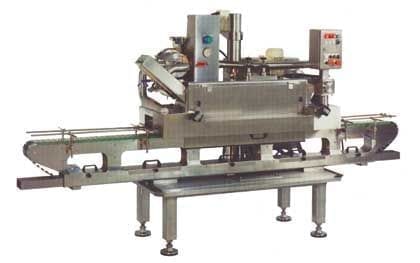
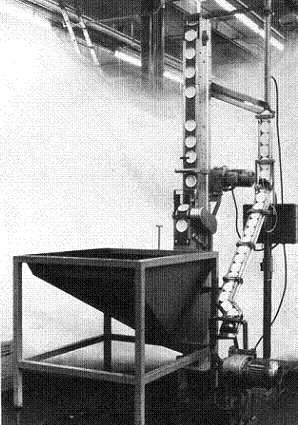
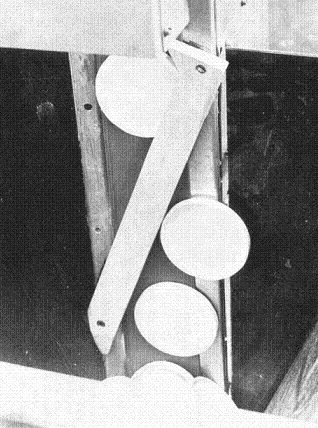
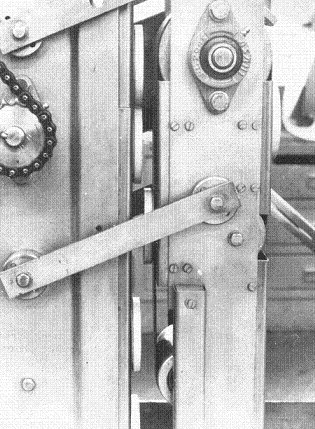

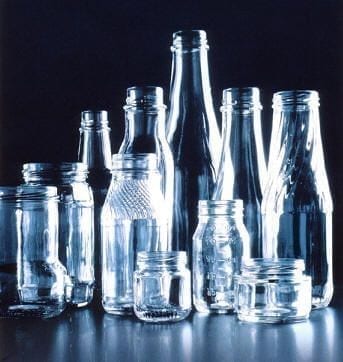
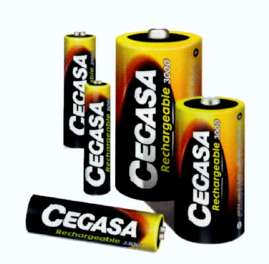
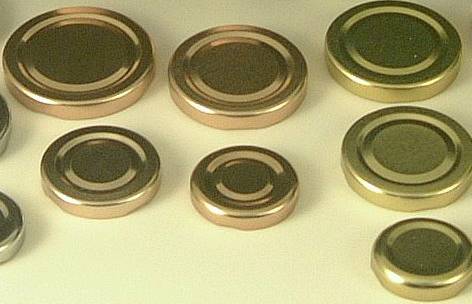
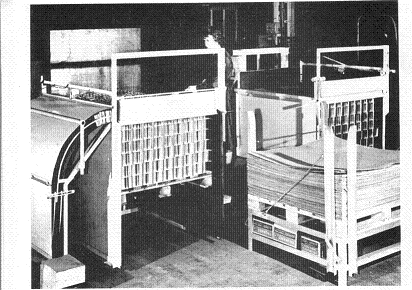
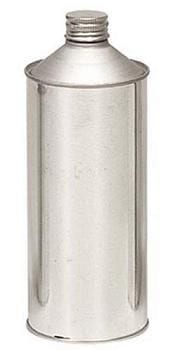
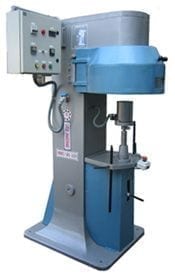
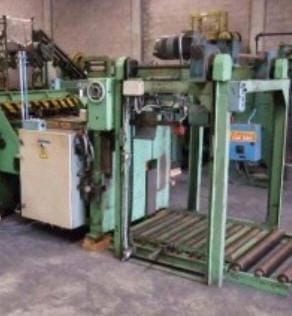
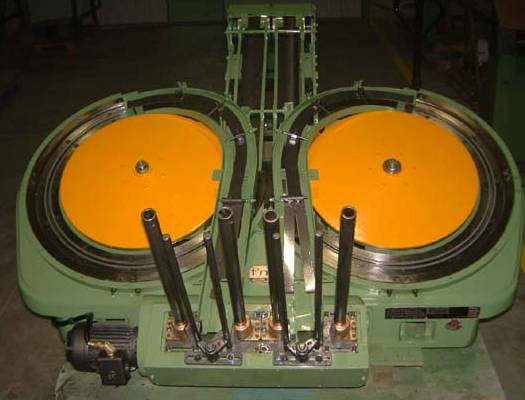
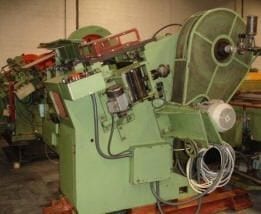
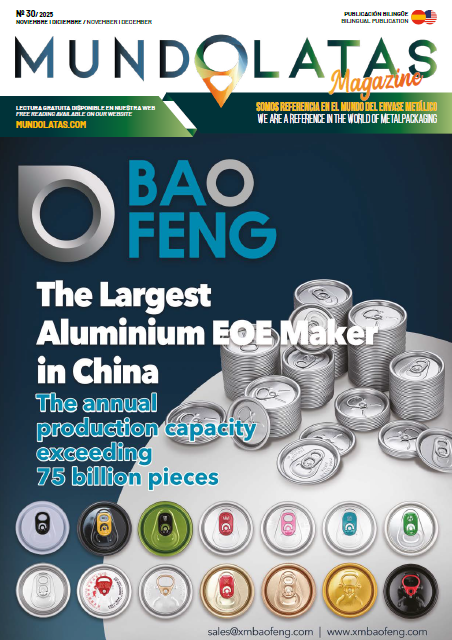


Dear Sir/Madam
How much is this machine please? I mean the twist off cap feeder.
Best
AK